Articles
Feature stories, news review, opinion & commentary on Alien Life
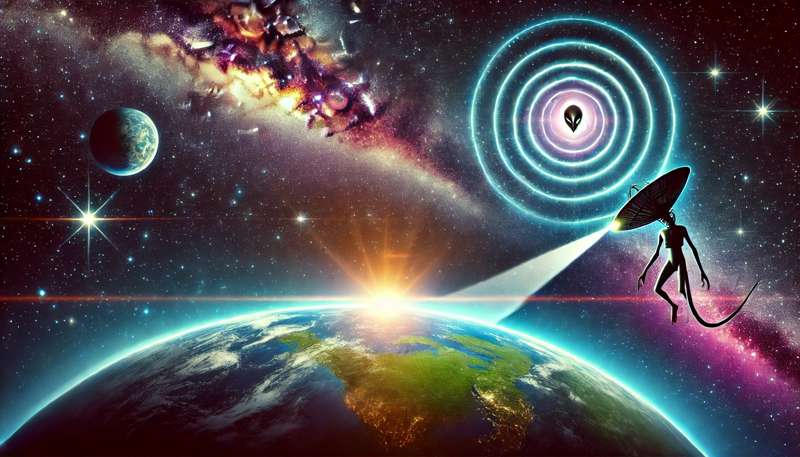
Are We Ready to Meet Aliens? Stephen Hawking’s Warning and the Intelligence Trap
Nov 04, 2024 • (3 Minute Read) • Alien
Stephen Hawking cautioned against actively reaching out to alien civilizations, fearing that contact with advanced extraterrestrials could pose a risk to humanity, likening it to historical encounters that didn’t end well for indigenous populations. This warning reflects the “intelligence trap,” a concept where highly intelligent people can fall into overconfident, narrow thinking. While some scientists, like astrobiologist Nathalie Cabrol, advocate for cautious openness and exploration, the debate continues. Should we boldly reach out, hoping for knowledge and connection, or quietly observe, balancing our curiosity with caution about potential risks from unknown civilizations?
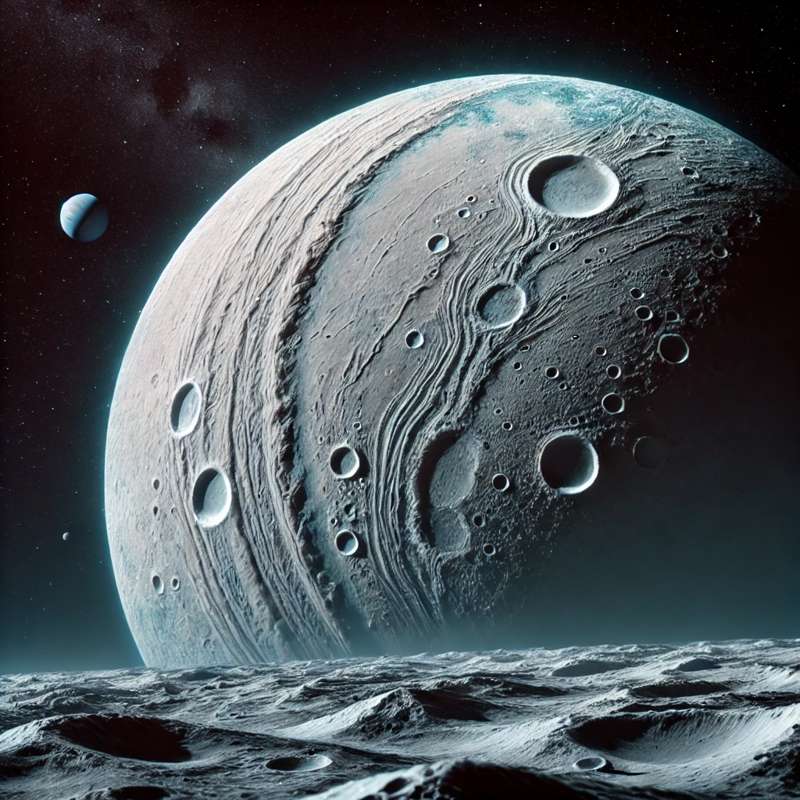
Could Uranus’s Moon Miranda Hide a Secret Ocean Beneath Its Icy Surface?
Nov 04, 2024 • (2 Minute Read) • Microbial Life
New research suggests that Uranus’s moon Miranda might have a hidden ocean beneath its icy crust, revealed by analyzing surface features and stress patterns. Scientists used models to show that Miranda’s thin, brittle crust—about 30 kilometers thick—could lie over a 100-kilometer-deep subsurface ocean. Tidal forces likely caused the surface to crack, forming Miranda’s unique ridged terrain, and possibly hinting at active geological processes. If confirmed, Miranda would join other “ocean worlds” in our solar system, offering a potential habitat for life and expanding our understanding of where oceans and life might exist beyond Earth.
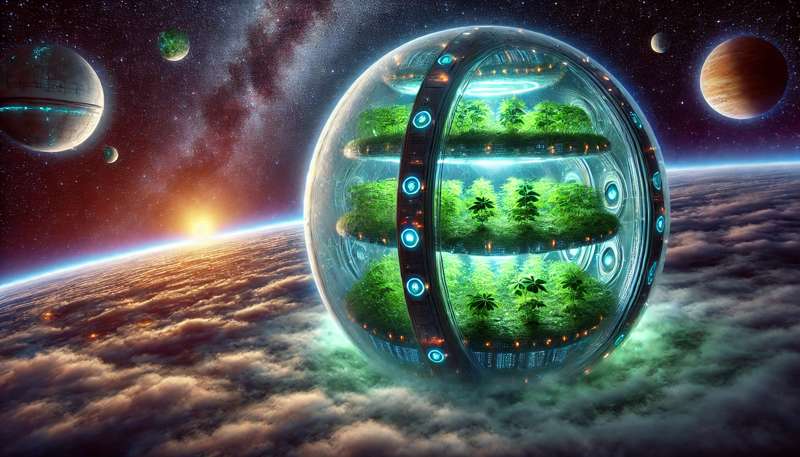
Living Habitats Beyond Earth: A New Blueprint for Space Survival?
Oct 26, 2024 • (3 Minute Read) • Astrobiology
Scientists are exploring the idea of self-sustaining biological habitats that could support life in space without Earth-like conditions. By developing biogenic walls made from materials like silica aerogels and bioplastics, these habitats could block harmful radiation, retain essential gases, and let in sunlight to sustain photosynthesis. This innovative approach may enable autonomous ecosystems to survive far beyond Earth’s gravity, providing oxygen and recycling waste—ideal for future human missions or even alien life detection around other stars. If feasible, these habitats could transform our approach to life support and astrobiology, allowing life to thrive in extreme, uninhabitable environments.

Imagining Earth 1,000 Years from Now: How Our Future Could Help Find Alien Civilizations
Sep 16, 2024 • (5 Minute Read) • Alien
A recent study explores ten possible scenarios for Earth’s future over the next 1,000 years, examining how the technosphere—human-made systems and technology—might evolve. These projections range from stable, zero-growth societies to dystopian collapses and rapid AI-driven expansion across the solar system. The study highlights potential "technosignatures" that could be detectable from space, such as pollution, artificial lighting, or even Dyson sphere-like structures. The research challenges the idea of continuous technological growth, suggesting that sustainable, zero-growth civilizations may be more common, with important implications for the search for extraterrestrial life.
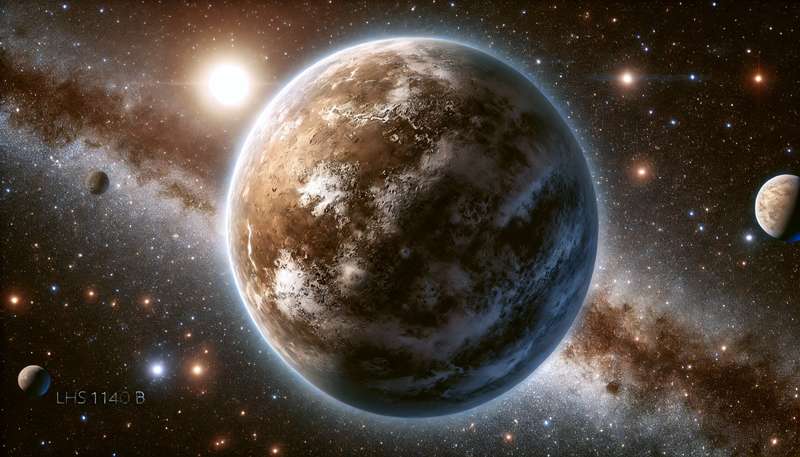
Alien Planet Discovery: LHS 1140 b Could Be Our Next Earth!
Jul 09, 2024 • (2 Minute Read)
Recent JWST observations have provided new insights into the exoplanet LHS 1140 b, located in the habitable zone and close to Earth. The data suggest that LHS 1140 b may have a nitrogen-dominated atmosphere, ruling out hydrogen-rich compositions. This indicates a heavy, high molecular weight atmosphere, potentially making it more Earth-like. Stellar activity was also observed, influencing the interpretation of the spectra. These findings are significant in the quest to identify habitable worlds and highlight the advanced capabilities of JWST in studying distant exoplanets. Further observations are needed to confirm these results and explore the planet's potential habitability.

The Truth is Out There: Celebrating World UFO Day
Jul 02, 2024 • (2 Minute Read) • Alien
World UFO Day, celebrated every July 2nd, marks the anniversary of the Roswell Incident in 1947 and aims to raise awareness about UFOs and the possibility of extraterrestrial life. It’s a fun and engaging event featuring sky-watching parties, UFO-themed movie marathons, conventions, and discussions on the search for extraterrestrial intelligence (SETI). The day encourages government transparency on UFO sightings while also embracing creativity with costume contests, alien art, and storytelling. Whether you’re a believer or a skeptic, it’s a day to let your imagination soar and enjoy the mysteries of the universe.

Decoding the Mystery: The Year-Long Quest of "A Sign in Space"
Jun 13, 2024 • (3 Minute Read) • Extraterrestrial
After a year-long effort, the multidisciplinary art project "A Sign in Space," led by SETI Artist in Residence Daniela De Paulis, has finally been decoded by an anonymous father-daughter team, "John" and "Sarah." The decoded message is an image of five amino acids in a universal molecular diagram, discovered using a Margolus reversible cellular automata. This project, which sent an encoded signal from the ESA’s ExoMars Orbiter to Earth, captivated global audiences and fostered international cooperation. Now, the public is invited to analyze and interpret the message further on the A Sign in Space Discord server.
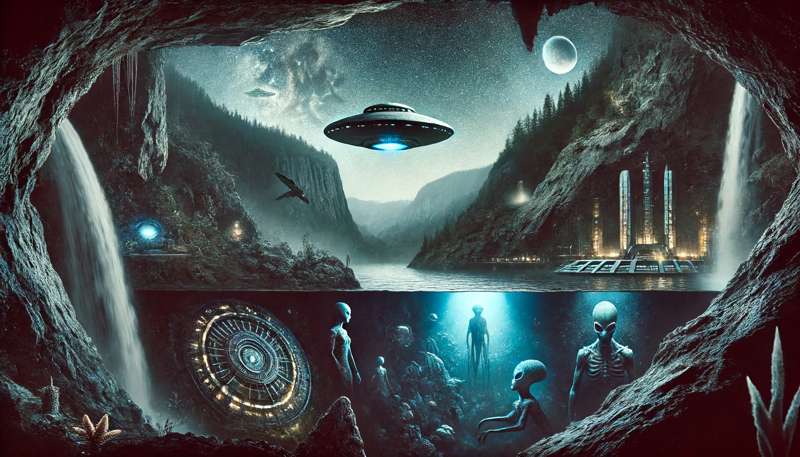
Harvard Researchers Reveal Aliens May Be Hiding Among Us
Jun 13, 2024 • (3 Minute Read) • Alien
The cryptoterrestrial hypothesis (CTH) posits that some Unidentified Anomalous Phenomena (UAP) may be the work of intelligent beings hiding on Earth rather than extraterrestrials or human-made technology. This theory suggests these beings could live underground, underwater, or disguised as humans. The US military's recent focus on UAP has renewed interest in these phenomena, with reports of extraordinary capabilities challenging current understandings of physics. Whistleblower claims of government secrecy on alien technology and the possibility of ancient hidden civilizations add further intrigue. The CTH encourages scientific openness and humility in exploring Earth's and the universe's mysteries.
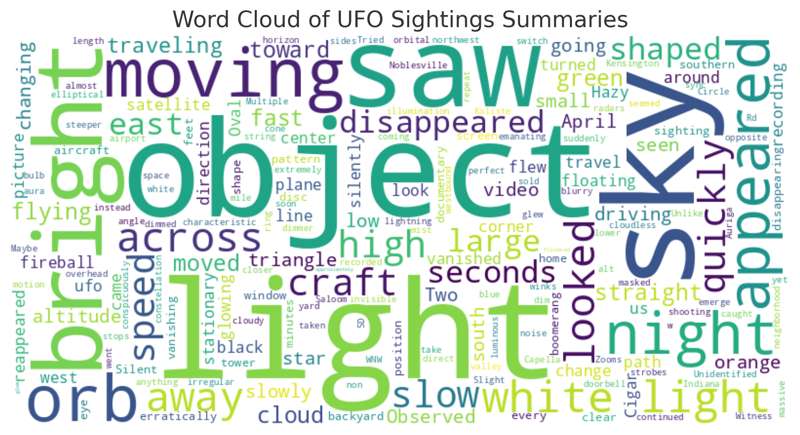
NUFORC Releases Compelling New UFO Sightings for May 2024
May 21, 2024 • (3 Minute Read) • UFOs
The National UFO Reporting Center (NUFORC) has updated its database with 78 new UFO sightings from the past month, highlighting five notable reports. These include dramatic, close-range sightings by airline pilots and cockpit crew members. Most sightings occurred in the USA, with California, Arizona, and Massachusetts reporting the highest numbers. Shapes ranged from orbs and lights to triangles and ovals. Noteworthy reports include a massive silent craft in Illinois, a hovering triangular object in Texas, an oblong craft in Arizona, multiple gray ovals in California, and a large triangular craft near a military base in Florida.

Seven Stars in Our Galaxy Might Be Surrounded by Dyson Spheres
May 20, 2024 • (2 Minute Read) • Alien
New research suggests that seven M dwarf stars in our galaxy might be surrounded by Dyson spheres, hypothetical structures built by advanced civilizations to harness stellar energy. This hypothesis stems from the detection of unusual infrared excess emissions (IEEs) from these stars, which could indicate the presence of such megastructures. While alternative explanations like dust or debris could also account for these patterns, the findings highlight promising targets for further investigation into extraterrestrial technosignatures. Follow-up studies, including spectroscopy, will be crucial to uncover the true nature of these intriguing stars.
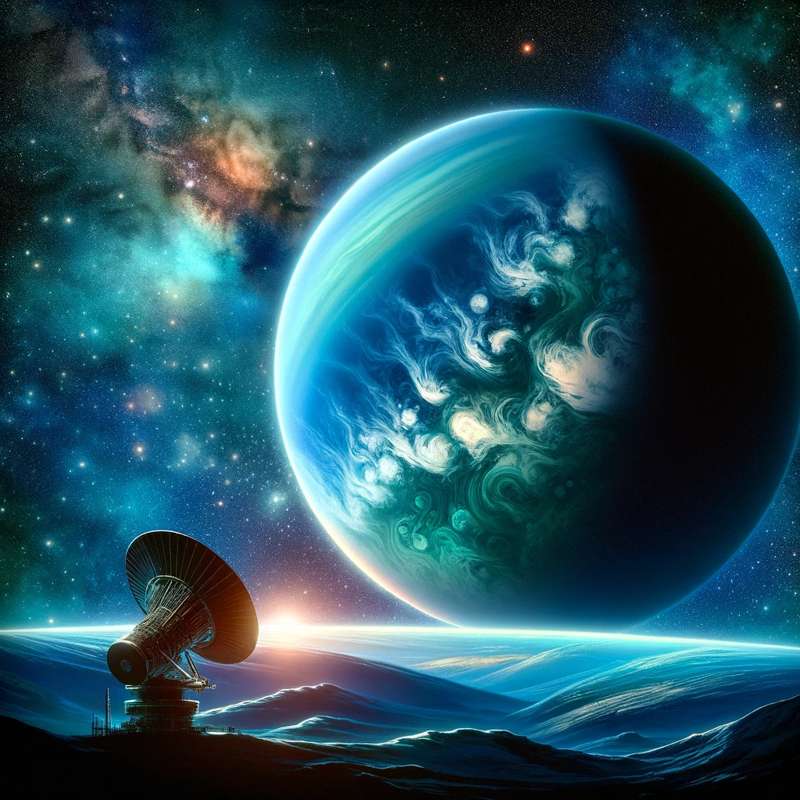
Alien Oceans Exposed! Scientists Discover Gases That Could Prove Life on Waterworld Planets!
May 08, 2024 • (1 Minute Read) • Astrobiology
Researchers have developed models to detect biogenic sulfur gases, like dimethyl sulfide (DMS), as potential biosignatures on sub-Neptune exoplanets with water-rich interiors and hydrogen-rich atmospheres. This study, inspired by recent JWST observations of K2-18 b, used 3D circulation and 2D photochemical models to simulate the atmospheres of these "Hycean" worlds. Findings suggest that DMS could be detectable in the mid-infrared spectrum, provided biological sulfur emissions are at least 20 times those of Earth. However, the overlap of DMS with methane at certain wavelengths poses a challenge for detection using current spectral analysis methods.

Exploring New Frontiers: Purple Could Be the Signature Color of Life on Exoplanets
Apr 17, 2024 • (2 Minute Read) • Alien
Scientists have shifted the search for extraterrestrial life to include purple bacteria, suggesting that these organisms could be prevalent on exoplanets, especially those orbiting M-type stars. Traditional green landscapes, associated with oxygenic photosynthesis, are now complemented by models showing purple bacteria dominating exoplanetary surfaces. This broadens potential biosignatures detectable with upcoming powerful telescopes. By expanding our understanding of life-supporting conditions to encompass anoxic environments and different light spectra, researchers enhance our ability to detect and understand diverse life forms across the universe, potentially identifying new, habitable worlds marked by their distinctive purple hue.